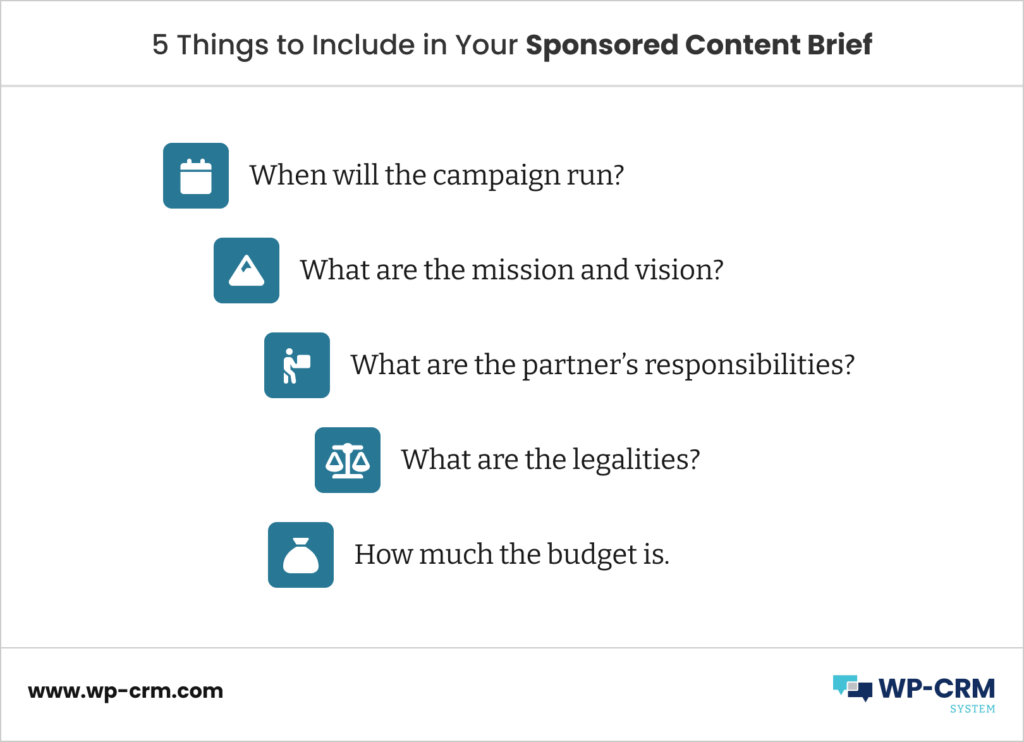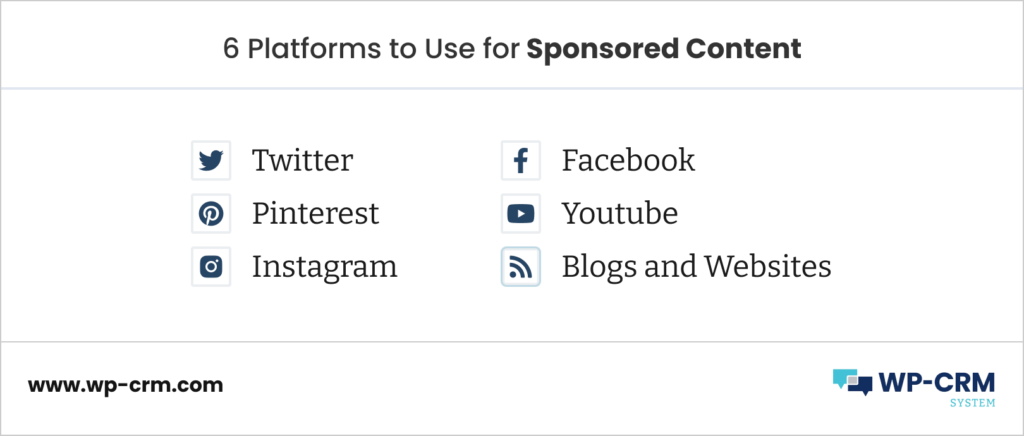How to Use Sponsored Content to Boost Your eCommerce Sales
Some readers and audiences can notice if the content that you are putting out is sponsored or not. Most of them will leave if they feel like they are being sold a product or if the pitch is too robotic or too salesy. This is one of the main reasons why even if the content that you are putting is sponsored, it is critical to put enough thought and effort into it.

Sponsored content, also sometimes called branded content, is defined as a type of content that focuses on social media posts, articles, videos, editorials, podcasts, and blog posts sponsored by a specific brand. It utilizes the power of educational content to try and convince leads to turn into conversions. However, there are specific tips that business owners must remember to make sure their content wouldn’t look like spam.
This article will tackle how to boost eCommerce sales through sponsored content. From properly reaching out to the right influencers to advertising your content, we’ve got you covered.
Look for Brands and Influencers to Partner With
Looking for the right influencers to work with can take a little bit of time and effort, but choosing the right ones is vital to your campaign’s success. Your core values and mission should align with that of the brand that you are partnering with so you can be sure that you will reach your target audience. Here are a couple of questions to ask yourself to determine what you are looking for in a brand or influencer:
- Are we looking to increase the number of our leads? If so, how many are we targeting?
- Which influencers and brands around me have a good reputation?
- Are we looking to improve our brand recognition?
- Which brands and influencers are our target audience following?

These questions will help you define your goals, as well as narrow down the list of potential people that you are trying to partner with. Additionally, the influencers’ website should ultimately have high domain authority, good social proof, credible sources and articles, and a good reputation.
Avoid Appearing Too Robotic
Some sponsored content might sound like they were written by a bot and not an actual person. This is one of the main reasons why you should carefully choose a brand or blogger to work with. See how they post their branded content, what type of picture they produce, and what captions and hashtags they normally go for. This will give you a good idea of whether they put enough effort into their sponsored content or not.
You can carefully curate the caption and hashtags that you want the brand to use. Moreover, you can also ask them to post at a specific time so more people will be able to see it. Avoid using spammy, exaggerated, or robotic words such as “This product save my life! Try it today!” or “There’s nothing better than this product” as this might come off as insincere to most readers. Instead, go for phrases that you know the brand or influencer will use to attract the audience’s attention.
Add Value to the Post
Carefully selecting the product or service to advertise should be a part of your process. You shouldn’t just throw in an item there and call it a day – it must be something that will directly resonate with your target market so they will be compelled to check the products out.
Analyze your data and see which of your products and services are popular with your partner’s target market. See what type of audiences they have, create personas around it, and determine which product or service they will most likely find to solve their pain points. Add more value to your sponsored content by adding a caption on how this specific item can make their days better.
Create a Detailed Brief
Business owners must have goals and a clear set of instructions before contacting the brand or blogger that they are partnering with. It should be a part of your eCommerce sales strategy to clearly communicate what you want to portray to your audience. Here are some of the things that must be included in your brief:
- When will the campaign run and how long will it last?
- What is the mission and vision behind the project?
- What are the responsibilities of the blogger, influencer, or brand that you are teaming up with?
- How much are you willing to pay for the sponsored content?
- What are the legalities and do they need to sign anything before the deal?

Having a clear brief will eliminate the unnecessary back-and-forth communication between you and the third party that you are partnering with.
Choose Which Platform/s to Use
Lastly, choosing which platform/s to post your sponsored content to should be determined. This should depend on what your target market is usually using and which channels they frequent. For example, if you notice that your audience is more active on Instagram and they interact with you on that platform better, then you can choose to work with brands that are also active on Instagram.
Here are other platforms that you can use to promote your sponsored content:
- Twitter’s sponsored tweets.
- Pinterest’s sponsored pins.
- Instagram stories and IGTV posts.
- Facebook stories and posts.
- YouTube videos.
- Carousel ads.
- Articles, infographics, listicles, videos, and photos on your partner’s site.

Conclusion
Leveraging sponsored content can immensely help with improving your eCommerce sales strategy. Not only will it help improve your brand recognition, but it will also aid with building trust between you and your audience. Partnering with brands and influencers that your customers already trust is a surefire way to help them engage with your business. As long as you are working with the right partners and you have your goals set, you can be sure that you are on your way to boosting your eCommerce sales through sponsored content.
